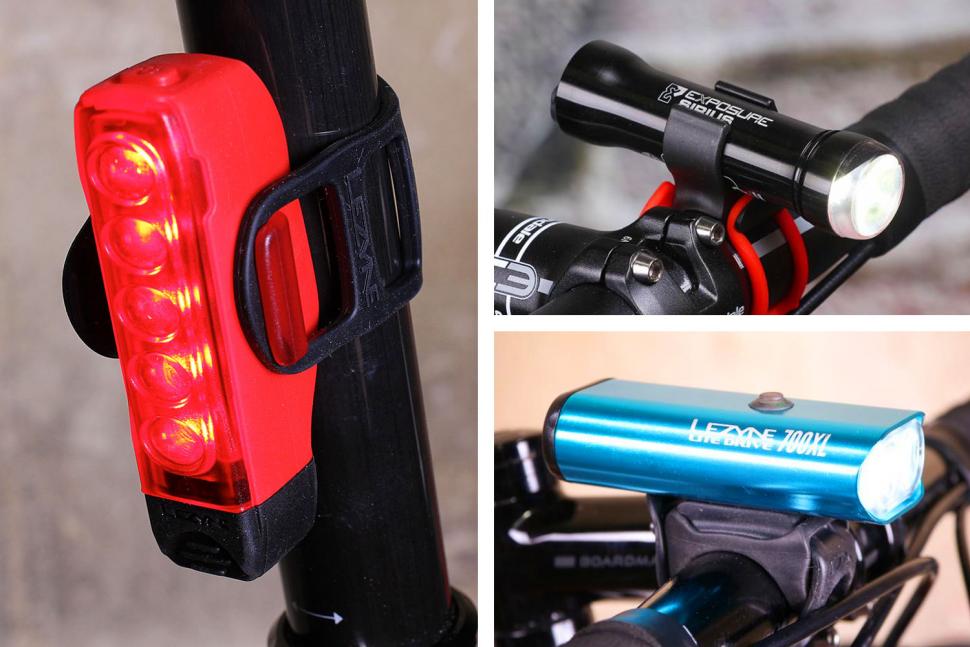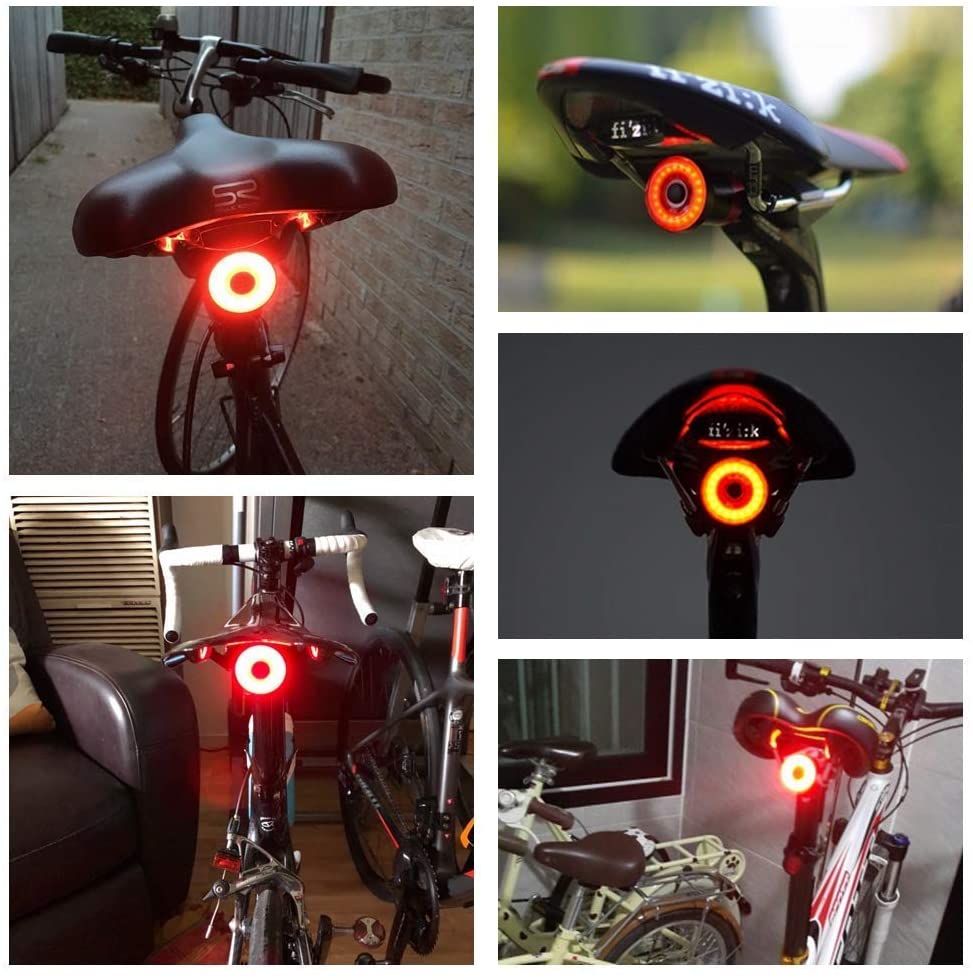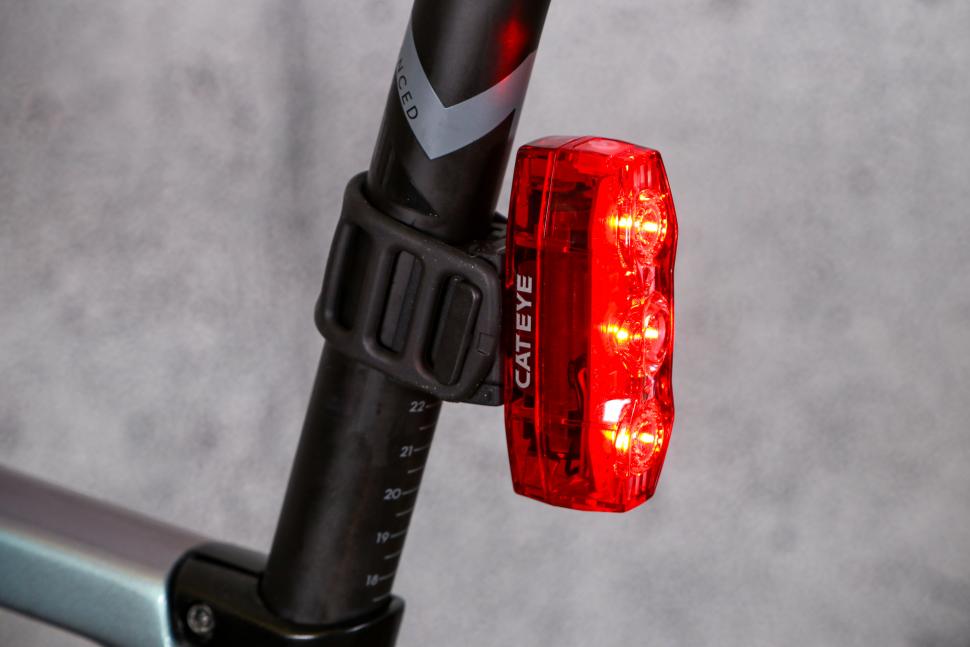The Role of Bike Tail Lights in Safe Cycling Practices
Bike tail lights play a pivotal role in ensuring cyclist safety, especially during low-light conditions and night-time rides. By increasing visibility, these lights help prevent accidents and maintain the rider’s safety on the road. In many jurisdictions, bike lighting is not just a recommendation but a legal requirement, making it essential for cyclists to invest in high-quality tail lights.
The best bike tail lights serve as a reliable beacon, alerting motorists and other road users of a cyclist’s presence. By incorporating features such as bright LEDs, flashing patterns, and adjustable angles, these lights significantly improve the rider’s conspicuity. Moreover, tail lights with daytime running modes cater to the growing trend of daytime visibility, further reducing the risk of accidents.
As a cyclist, investing in the best bike tail light is an investment in safety. By understanding the importance of tail lights and the role they play in safe cycling practices, riders can make informed decisions when selecting and using these vital accessories. Ultimately, this knowledge contributes to a safer and more enjoyable cycling experience.
How to Choose the Best Bike Tail Light: A Comprehensive Guide
Selecting the best bike tail light involves evaluating several key factors that cater to individual cycling needs and preferences. By understanding these aspects, cyclists can make informed decisions and invest in a high-quality tail light that ensures safety and visibility on the road.
Brightness Levels
Brightness levels are a crucial factor when choosing the best bike tail light. A brighter light ensures better visibility, reducing the risk of accidents. Look for lights with adjustable brightness settings, allowing cyclists to adapt to various lighting conditions. Moreover, tail lights with daytime running modes cater to the growing trend of daytime visibility, further enhancing safety.
Battery Life
Long-lasting battery life is essential for uninterrupted illumination during rides. Rechargeable lithium-ion batteries are a popular choice due to their convenience and eco-friendliness. However, replaceable coin cell batteries offer a longer shelf life and are ideal for cyclists who prefer a backup option. Consider the battery life and charging options when selecting the best bike tail light to ensure a reliable and safe cycling experience.
Mounting Options
Secure and adjustable mounting options are vital for optimal visibility and safety. Seatpost, seatstay, and rear rack mounts cater to various cycling styles and bike configurations. When choosing the best bike tail light, ensure that the mounting system is easy to install, adjust, and remove, allowing for versatility and convenience during use.
Durability
A durable bike tail light can withstand the rigors of cycling, including inclement weather, vibrations, and potential impacts. Look for lights constructed from high-quality materials, such as weather-resistant housing and shatterproof lenses, to ensure long-term performance and value.
By balancing these factors, cyclists can choose the best bike tail light for their needs, ensuring safety, visibility, and a positive cycling experience. Remember that investing in a high-quality tail light is an investment in cycling safety, making it a crucial decision for every cyclist.
Product Showcase: Top Recommended Bike Tail Lights
Selecting the best bike tail light can be a challenging task, given the wide array of options available in the market. To simplify the decision-making process, here are several high-quality bike tail light models that cater to various budget ranges and cycling styles:
Garmin Varia
The Garmin Varia is a premium bike tail light that offers advanced features such as smart connectivity, automatic brightness adjustment, and a high-visibility design. With a sleek and aerodynamic profile, this tail light is perfect for serious cyclists who value cutting-edge technology and superior performance. Although it comes with a higher price tag, the Garmin Varia’s innovative features and long-lasting battery life make it a worthwhile investment for cycling enthusiasts.
Cygolite Hotshot Pro 150
The Cygolite Hotshot Pro 150 is a versatile and powerful bike tail light that boasts an impressive 150 lumens of output. With multiple lighting modes, daytime flash, and a long-lasting rechargeable battery, this tail light caters to a wide range of cycling needs. Its durable construction and user-friendly design make it an excellent choice for both casual and serious cyclists looking for a reliable and high-performing tail light.
Bontrager Flare RT
The Bontrager Flare RT is a compact and lightweight bike tail light that offers impressive brightness and long-lasting battery life. With smart connectivity features, this tail light seamlessly integrates with Bontrager’s cycling ecosystem, providing real-time data and alerts. The Flare RT’s sleek design and affordable price point make it an attractive option for cyclists who value functionality, style, and affordability.
By considering these top-recommended bike tail light models, cyclists can find a high-quality tail light that suits their individual needs, preferences, and budget. Remember that investing in the best bike tail light is an investment in cycling safety, making it a crucial decision for every cyclist.
Battery Life and Charging Options: Ensuring Continuous Illumination
A crucial factor to consider when choosing the best bike tail lights is battery life and charging options. Long-lasting battery life ensures continuous illumination during rides, while convenient charging options make it easy to keep the tail light powered. Here, we discuss various battery types and their respective advantages and disadvantages.
Rechargeable Lithium-Ion Batteries
Rechargeable lithium-ion batteries are a popular choice for bike tail lights due to their convenience and eco-friendliness. These batteries offer long-lasting battery life, quick charging times, and a reduced environmental impact compared to disposable batteries. However, they may eventually lose their charging capacity over time, requiring replacement. When selecting a bike tail light with a rechargeable lithium-ion battery, consider factors such as battery life, charging time, and compatibility with different power sources.
Replaceable Coin Cell Batteries
Replaceable coin cell batteries offer a longer shelf life than rechargeable batteries, making them an attractive option for cyclists who prefer a backup power source. These batteries are lightweight, compact, and easy to replace, ensuring continuous illumination during rides. However, they generate more waste than rechargeable batteries and may require more frequent replacements, increasing long-term costs. When choosing a bike tail light with replaceable coin cell batteries, consider factors such as battery type, ease of replacement, and compatibility with various battery sizes.
By understanding the battery life and charging options of bike tail lights, cyclists can make informed decisions and invest in a high-quality tail light that ensures safety, visibility, and a positive cycling experience. Remember that selecting a tail light with a reliable battery source and convenient charging options is an investment in cycling safety, making it a crucial decision for every cyclist.
Mounting Solutions: Securely Attaching Your Bike Tail Light
Securely attaching your bike tail light is crucial for optimal visibility and safety during cycling. Various mounting options cater to different bike configurations and cycling styles. Here, we review different mounting solutions and emphasize the importance of a secure fit and easy adjustability.
Seatpost Mounts
Seatpost mounts are a popular and versatile option for attaching bike tail lights. These mounts securely fasten to the seatpost, providing adjustable angles for optimal visibility. Seatpost mounts are compatible with most bike designs and are easy to install and remove, making them a convenient choice for many cyclists.
Seatstay Mounts
Seatstay mounts attach the tail light to the seatstays, the thin tubes that connect the rear wheel to the saddle. These mounts offer a lower profile and may provide better stability for some tail light models. However, they may require additional tools and time for installation and may not be compatible with all bike designs.
Rear Rack Mounts
Rear rack mounts are designed for bikes equipped with rear racks, providing a secure and adjustable attachment point for tail lights. These mounts offer excellent stability and visibility, making them an attractive option for touring cyclists and those carrying cargo. However, they may not be suitable for bikes without rear racks or for cyclists who prefer a minimalist setup.
When selecting a mounting solution for your bike tail light, consider factors such as compatibility with your bike design, ease of installation, adjustability, and stability. A secure fit and easy adjustability are essential for optimal visibility and safety, ensuring a positive cycling experience.
Legal Considerations: Complying with Local Bike Lighting Regulations
Understanding and adhering to local bike lighting regulations is crucial for cyclists to promote safety and avoid potential fines or penalties. Bike lighting requirements vary by region, so it’s essential to familiarize yourself with the laws in your area.
Front Light Requirements
Many jurisdictions require cyclists to equip their bikes with a white headlight, visible from a certain distance, usually 150 to 500 feet, depending on the region. This regulation ensures that cyclists can see the road ahead and that motorists can spot them from a distance.
Rear Light Requirements
A red rear light or reflector is typically mandatory for cyclists, with a visibility range similar to front lights. Rear lights enhance cyclist visibility, reducing the risk of accidents during low-light conditions and night-time rides.
Additional Lighting Regulations
Some regions may have additional lighting requirements, such as side visibility or specific mounting positions. Be sure to research the regulations in your area to ensure compliance.
By understanding and adhering to local bike lighting regulations, cyclists can contribute to safer roads and foster positive relationships with other road users. Investing in high-quality bike tail lights not only enhances visibility but also demonstrates a commitment to responsible cycling practices.
Maintaining Your Bike Tail Light: Tips for Longevity and Performance
Proper maintenance of your bike tail light is essential for ensuring long-term value, safety, and performance. By following these simple tips, you can maximize the lifespan of your device and keep it functioning optimally.
Regular Cleaning
Dirt, debris, and moisture can accumulate on your bike tail light, potentially compromising its performance and longevity. Regularly clean your tail light using a soft cloth and mild detergent, focusing on removing any buildup around seals and connectors. This practice not only maintains the device’s appearance but also prevents damage caused by corrosion and other environmental factors.
Battery Care
Proper battery care is crucial for maintaining the performance and lifespan of your bike tail light. For rechargeable lithium-ion batteries, ensure that you follow the manufacturer’s guidelines for charging and discharging. Avoid overcharging or deep discharging, as these practices can reduce battery capacity over time. For replaceable coin cell batteries, check the expiration date and replace them as needed to maintain optimal performance.
Storage Tips
When storing your bike tail light, consider the environmental conditions to prevent damage. Store the device in a cool, dry place away from direct sunlight and extreme temperatures. If possible, remove the batteries to prevent potential leaks and corrosion. Additionally, ensure that the tail light is completely dry before storing it to prevent moisture-related damage.
By incorporating these maintenance tips into your routine, you can ensure that your bike tail light remains a reliable and effective safety tool for years to come. Proper care and attention contribute to a safer and more enjoyable cycling experience, allowing you to focus on the journey ahead.
Expanding Your Cycling Safety Arsenal: Additional Accessories
While investing in the best bike tail lights is crucial for cycling safety, combining active and passive measures can further enhance your overall protection on the road. Here are some complementary safety accessories to consider:
Bike Mirrors
Bike mirrors provide an additional view of traffic behind you, reducing the need to turn your head and potentially compromising your stability. Various mounting options are available, such as handlebar, helmet, and eyewear mirrors, catering to individual preferences and cycling styles.
Helmets with Integrated Lights
Helmets with integrated lights offer an innovative solution for enhancing cyclist visibility. These helmets often include front, rear, and side lights, ensuring 360-degree visibility during low-light conditions and night-time rides. By combining a helmet and tail light in one device, you can streamline your safety setup while benefiting from advanced features such as motion-activated lighting and wireless connectivity.
High-Visibility Clothing
High-visibility clothing is designed to make cyclists more conspicuous on the road, reducing the risk of accidents. Options include vests, jackets, gloves, and pants, with reflective materials and bright colors that significantly improve visibility during low-light conditions and night-time rides. By incorporating high-visibility clothing into your cycling wardrobe, you can further enhance your safety and peace of mind.
By adopting a holistic approach to cycling safety, you can combine the benefits of high-quality bike tail lights with complementary accessories that further enhance your visibility and protection on the road. Remember that safety is a multifaceted concern, and investing in a comprehensive safety setup is an essential aspect of responsible cycling practices.







